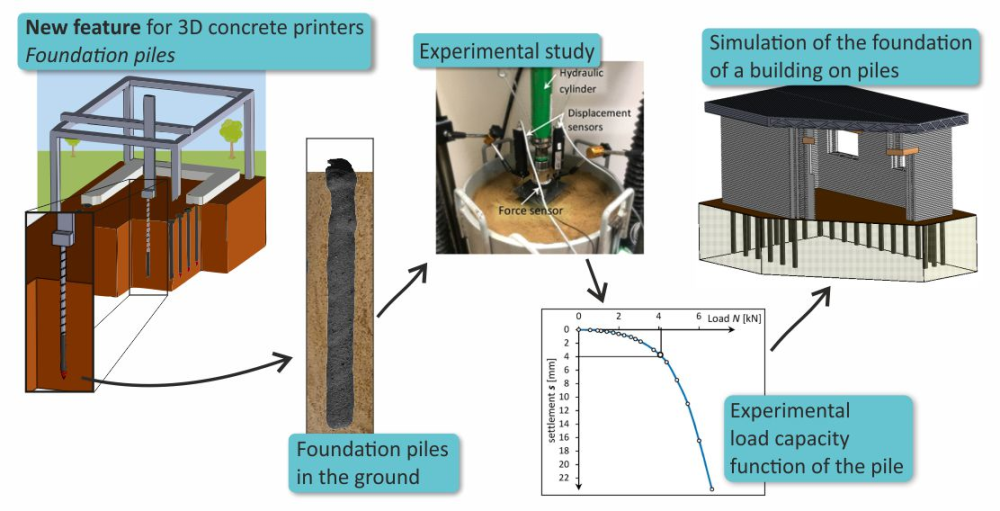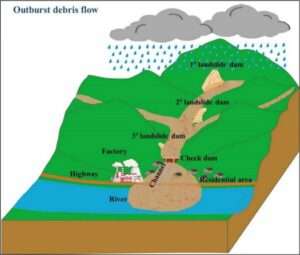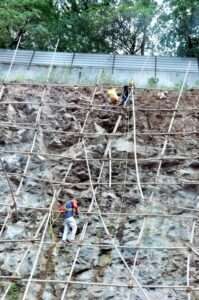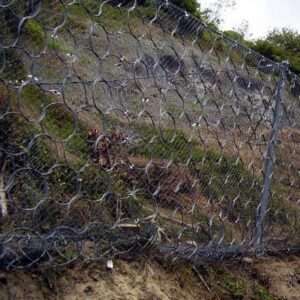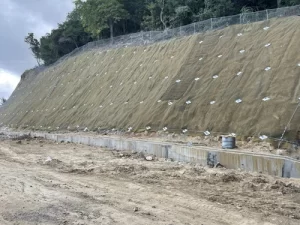Foundation engineering has witnessed significant advancements over the years, blending traditional practices with cutting-edge technologies to address the challenges posed by modern construction projects. Among the notable innovations in this field are micro piles and secant piles, both of which have revolutionized how engineers design and construct foundations in complex environments.
Micro Piles: Compact Yet Powerful Solutions
Micro piles, also known as mini piles, are slender, high-capacity elements typically ranging from 100 to 300 millimeters in diameter. Despite their compact size, they can support substantial loads, making them ideal for retrofitting existing structures, stabilizing slopes, or constructing foundations in limited-access areas.
Advantages of Micro Piles:
- Versatility: They can be installed in almost any soil condition, from loose sands to hard rock.
- Minimal Disturbance: Their small size and drilling method reduce vibrations and noise, making them suitable for urban environments.
- Quick Installation: With specialized equipment, micro piles can be installed rapidly, minimizing project timelines.
Applications include underpinning historical buildings, seismic retrofitting, and supporting infrastructure projects like bridges and retaining walls.
Secant Piles: Bridging Strength and Waterproofing
Secant piles are constructed by overlapping reinforced concrete piles to form a continuous, interlocking wall. This method combines primary unreinforced piles with secondary reinforced piles, creating a robust and watertight barrier. Secant pile walls are widely used for deep excavation support, groundwater control, and earth retention systems.
Key Features of Secant Piles:
- Flexibility in Design: Engineers can customize pile diameters, overlaps, and reinforcement to meet specific project requirements.
- Waterproofing Capabilities: The interlocking nature of secant piles provides excellent water resistance, essential for basement excavations below the water table.
- Structural Integrity: These walls can withstand significant lateral earth pressures, making them suitable for deep urban excavations.
Applications include constructing underground parking facilities, metro stations, and cut-and-cover tunnels.
Innovations Driving Foundation Engineering Forward
Recent advancements in materials, equipment, and design methodologies have further enhanced the capabilities of micro piles and secant piles:
- High-Performance Grouts: Improved grout formulations enhance the load-bearing capacity and durability of micro piles.
- Precision Drilling Equipment: State-of-the-art drilling rigs ensure accuracy and efficiency, even in challenging soil conditions.
- Hybrid Designs: Combining secant pile walls with other techniques, such as soil nailing or anchors, provides integrated solutions for complex projects.
Conclusion
The evolution of foundation engineering, exemplified by innovations like micro piles and secant piles, underscores the industry’s commitment to tackling modern construction challenges. As urban areas expand and projects become increasingly ambitious, these techniques offer reliable, efficient, and sustainable solutions for diverse geotechnical conditions. By continuously refining these technologies, engineers are laying the groundwork—literally—for a more resilient built environment.


